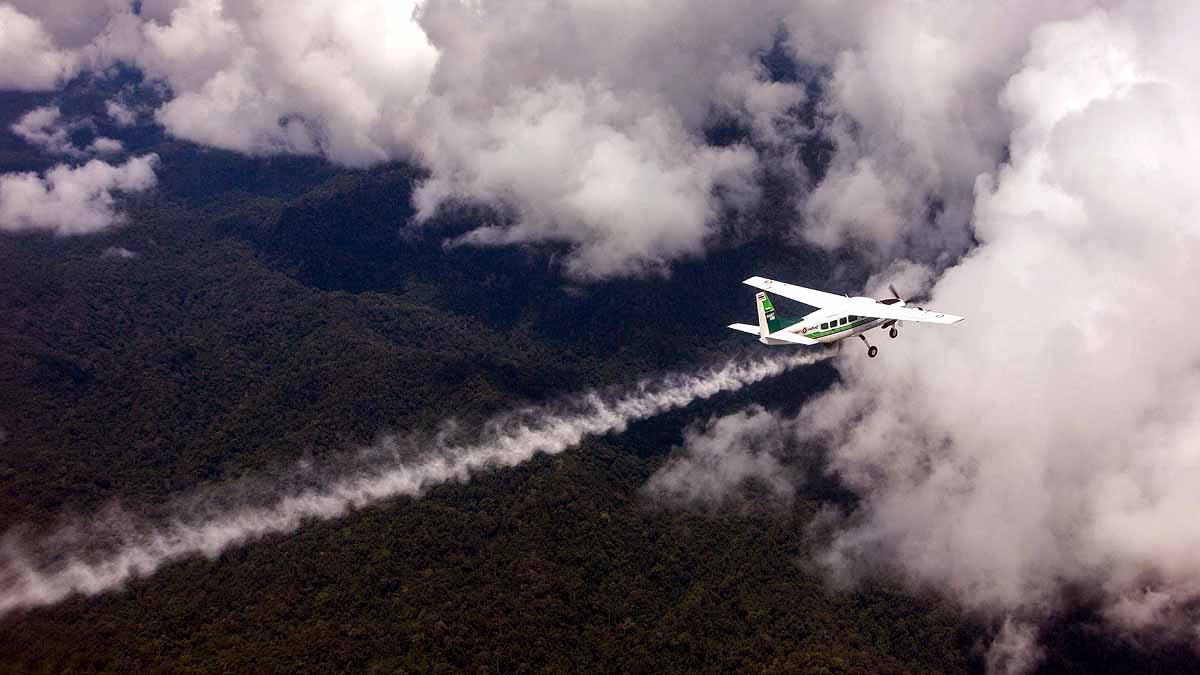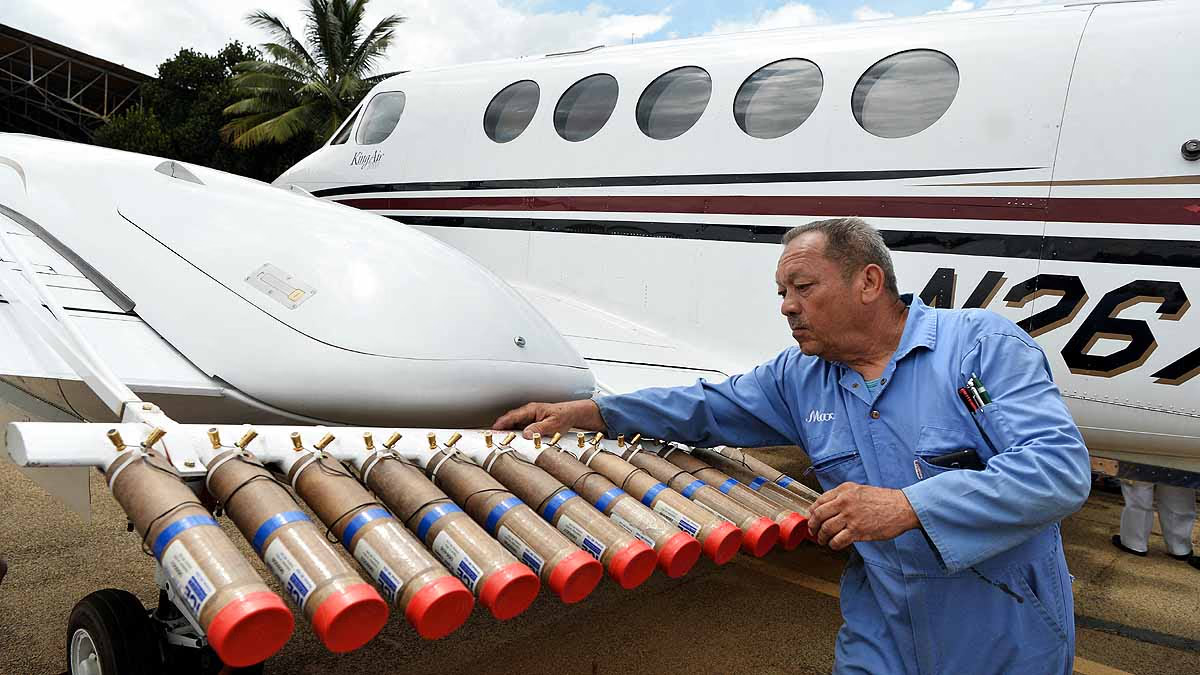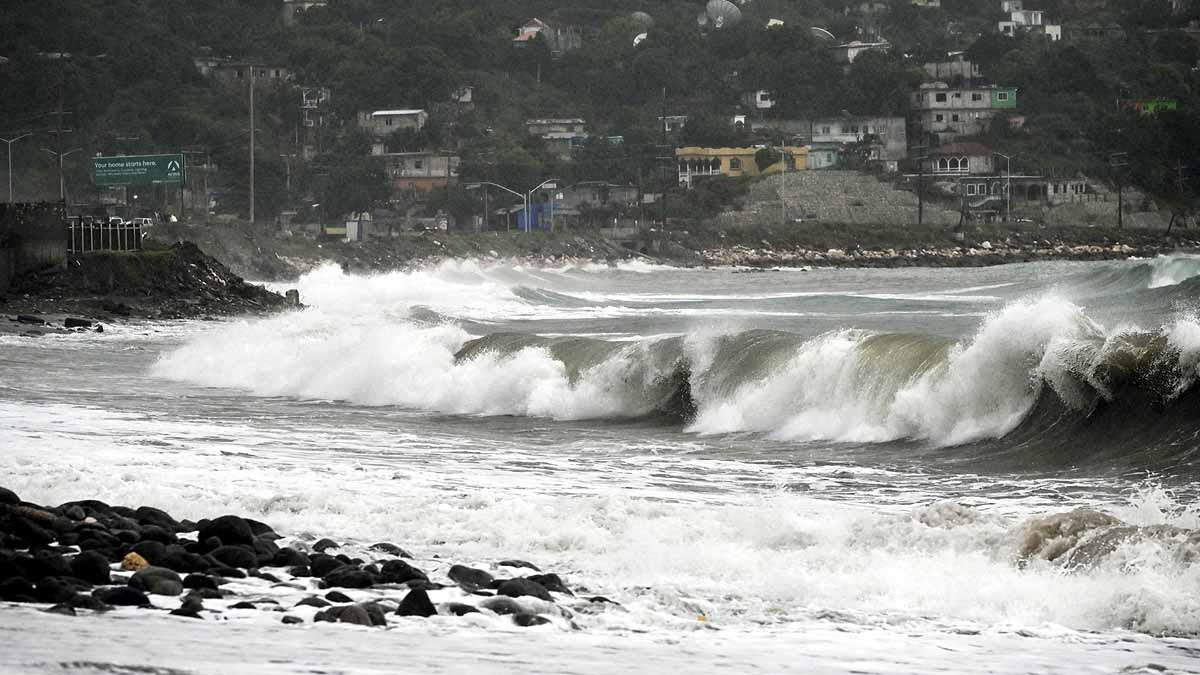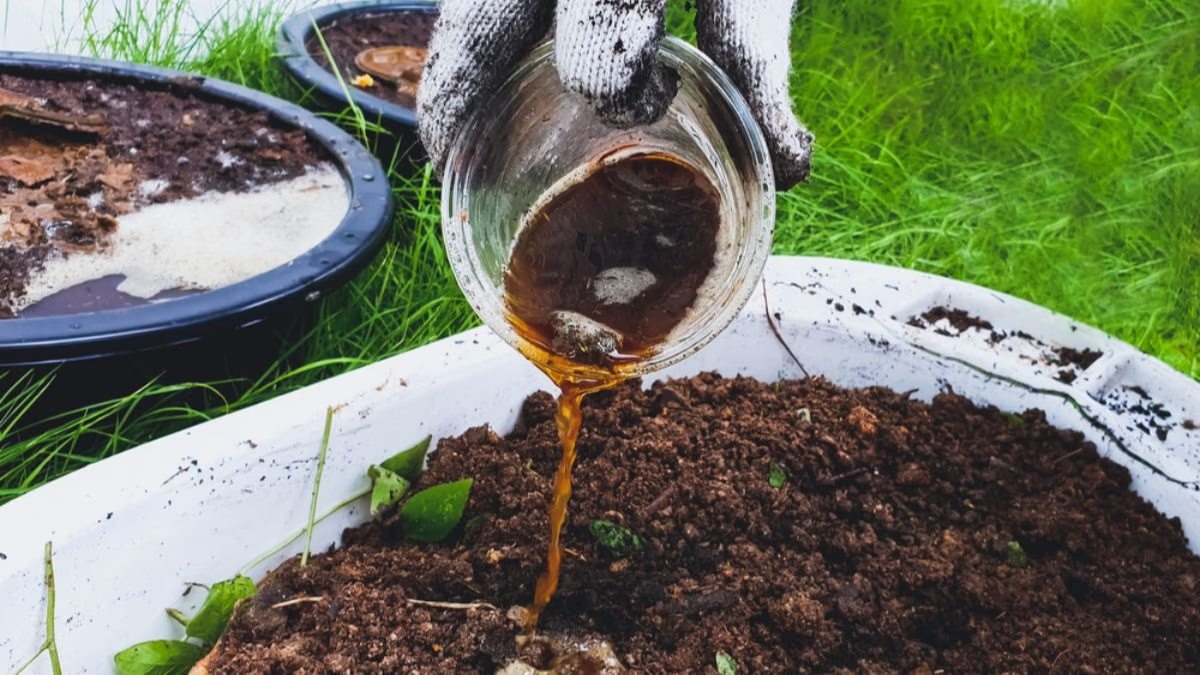Unveiling the remarkable science of
cloud seeding
: a process that uses chemicals to generate artificial rainfall from clouds. This method is a viable solution to mitigate drought, pollution, and water scarcity. Below, we explore its intricacies through 10 insightful points—answering every question you might have...
Cloud seeding works by 'seeding' clouds with small particles using aircraft or machinery, prompting them to form water droplets or ice crystals, hence intensifying rainfall. It's a safe method to alter weather patterns.
Also read:
The costs vary based on location, methods, and project scale. Small-scale projects might cost between 1.25 to 4.1 million INR, while larger projects can run between 80 to 120 million INR annually. The benefits can be substantial, such as savings of 20-40 million USD in the US.

Source: aajtak
Two primary techniques exist: 'Static Seeding'—inducing ice crystals in cold clouds, and 'Hygroscopic Seeding'—using salt to form larger droplets in warm clouds. In India, chemicals are dispersed using aircraft, rockets, or ground machines. A Delhi trial promises effective results with a 90-minute flight.
Clouds naturally contain moisture but lack droplets. Cloud seeding introduces particles that combine these droplets. In cold clouds, ice is formed and melts into rainfall. In warm clouds, salt absorbs moisture, creating heavy droplets. The success rate can be between 10-30%.
Also read:
Silver iodide (AgI), the most common chemical used, forms ice crystals and is supported by others like potassium iodide, dry ice (solid CO2), and liquid propane. These are safe for the environment but can be toxic in large amounts. Aircraft are typically used for dispersal.

Source: aajtak
In India, substances like salt (sodium chloride), silver iodide, and calcium chloride are commonly used. The CAIPEEX project utilizes hygroscopic flares (calcium chloride and magnesium). In Delhi, aircraft create rainfall using salt or silver iodide, with rockets or drones being explored.
In India, drought, floods, and pollution pose major challenges. In Delhi, winter smog exacerbates respiratory issues. Cloud seeding can induce artificial rainfall to cleanse particulates. In 2025, Delhi's government will trial this innovation for the first time.
Also read:
For the 2025 cloud seeding trials in Delhi, a total of 32.1 million INR was approved. This covers five trials, each costing between 5.5 to 15 million INR. Additionally, 6.6 million INR was needed for the initial setup. The relief across 100 square kilometers could cost 1 million INR per kilometer over 5-6 days.
This method can save crops during droughts, reduce pollution, and aid in flood control, enhancing air quality in urban areas like Delhi. Long-term costs decrease due to substantial returns from each trial. Scientists regard it as a vital tool against climate change.
Chemicals might harm the environment, potentially affecting fish or soil. Health risks include allergies to silver iodide. Precautions require limited use and monitoring. In India, institutions like IIT Kanpur manage this. Success isn’t guaranteed, but hope abounds.




